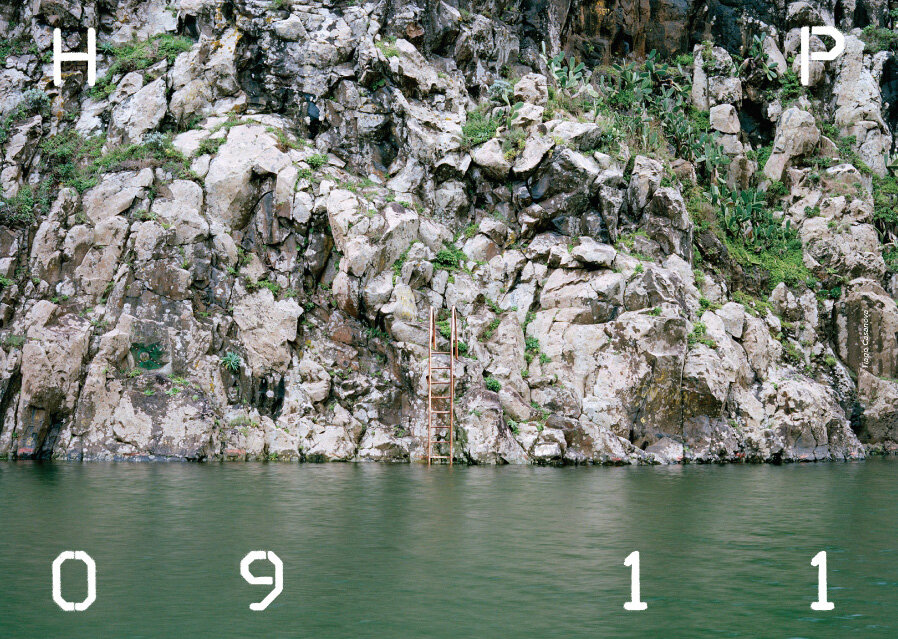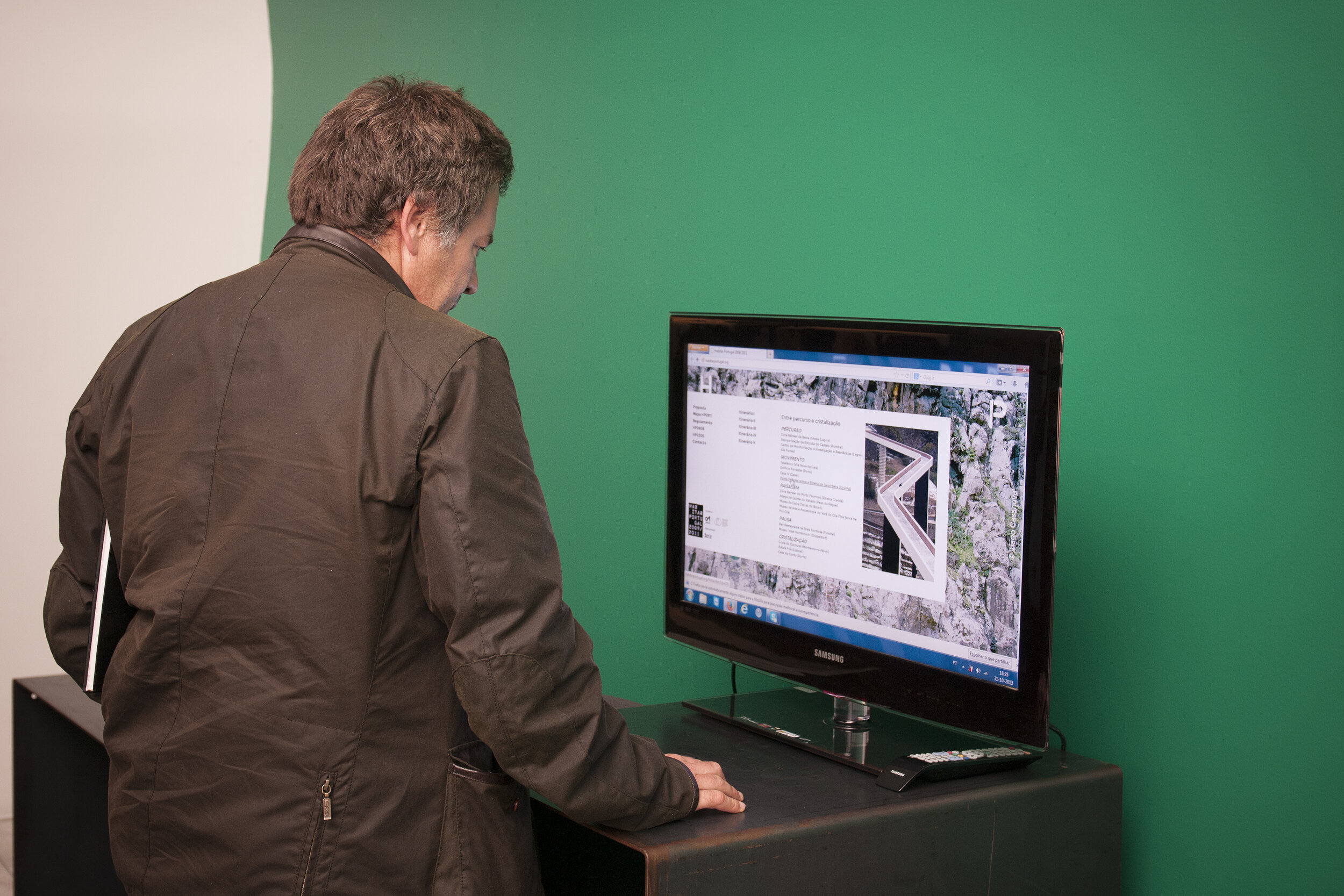
Habitar Portugal 2009-2011

Habitar Portugal is an initiative of the Portuguese Architects Association aiming to promote a curated selection of works of architecture built by Portuguese architects in Portugal or abroad. The edition related to the triennium of 2009-2011 was curated by me, Rita Dourado and Maria Rita Pais.
Image Credits: Graphic identity of Habitar Portugal 09_11 with graphic design by Nada over a photograph by Tiago Casanova (featuring Madeira Island).
We proposed a New Map of Inhabiting. Previous editions divided the territory in regional areas and selected for each area a collection of high quality works of architecture that illustrated Portuguese architecture between the defined triennium. Far beyond the regional boundaries, the work of architecture finds other ways of referring to itself in the multiple relations it establishes with the territory, with other works - whether close or distant - seeking its foundation place, materiality, and language. Although it is complex to categorize a consistent set of elements and references that condition and shape the work of architecture in its heterogeneity, this edition of Habitar Portugal sought to map the multiple expressions that the work of architecture creates in its relationship with the territory, with other works and with inhabiting.

Drawing the New Map of Inhabiting.
We identified connections, lines imaginatively imprinted on the territory, which united different works of architecture, and singular points along these lines. Just as in a diagram, the points relate to each other and the overall line, creating relevant resonances. We desired, for example, to understand how a building in the Alentejo's plain dialogued with a building located in Trás-os-Montes when both buildings share an interiority condition. We questioned what kind of places are the ones that the works of architecture build, sometimes pointing to other ones. We inquired what type of landscape the works of architecture create that collect traces of other landscapes, making it possible to establish different links between them, notwithstanding, maintaining their singularity. The lines told new narratives, crossing geographically distinctive buildings (singular houses, collective housing, schools, squares, etc.), creating affinities, allowing us to think about the common architectural problems. These came, sometimes from their topographical conditions, others from their social, economic and political contexts. The new map was no longer defined by Portugal's geography but through architectural itineraries.
The five proposed architectural itineraries were:
I. Between gift and encounter
II. Between emptiness and intimacy
III. Between walk and crystallization
IV. Between landscape and window
V. Between variation and symbiosis
A Map of Resonances juxtaposed the New Map of Inhabiting, highlighting the references present during the creative process that usually remain invisible but allow to get closer to the conceptual world of the work of architecture.

Habitar Portugal 09-11: Folding Map - front (featuring a photograph of the model of the hand drawn map with two levels of understanding: the map of the works of architecture in exhibition and, above, in translucent paper, the map of the respective resonances).

Habitar Portugal 09-11: Folding Map - back (featuring the works of architecture, in black and white, organised according to the imagined itineraries and places, and the respective map of resonances in shades of blue). Design by nada.

The selection was available through a specific website with detailed information, drawings and photographs of each one of the selected works of architecture. Photo: Luís Rocha/Ordem dos Arquitectos.